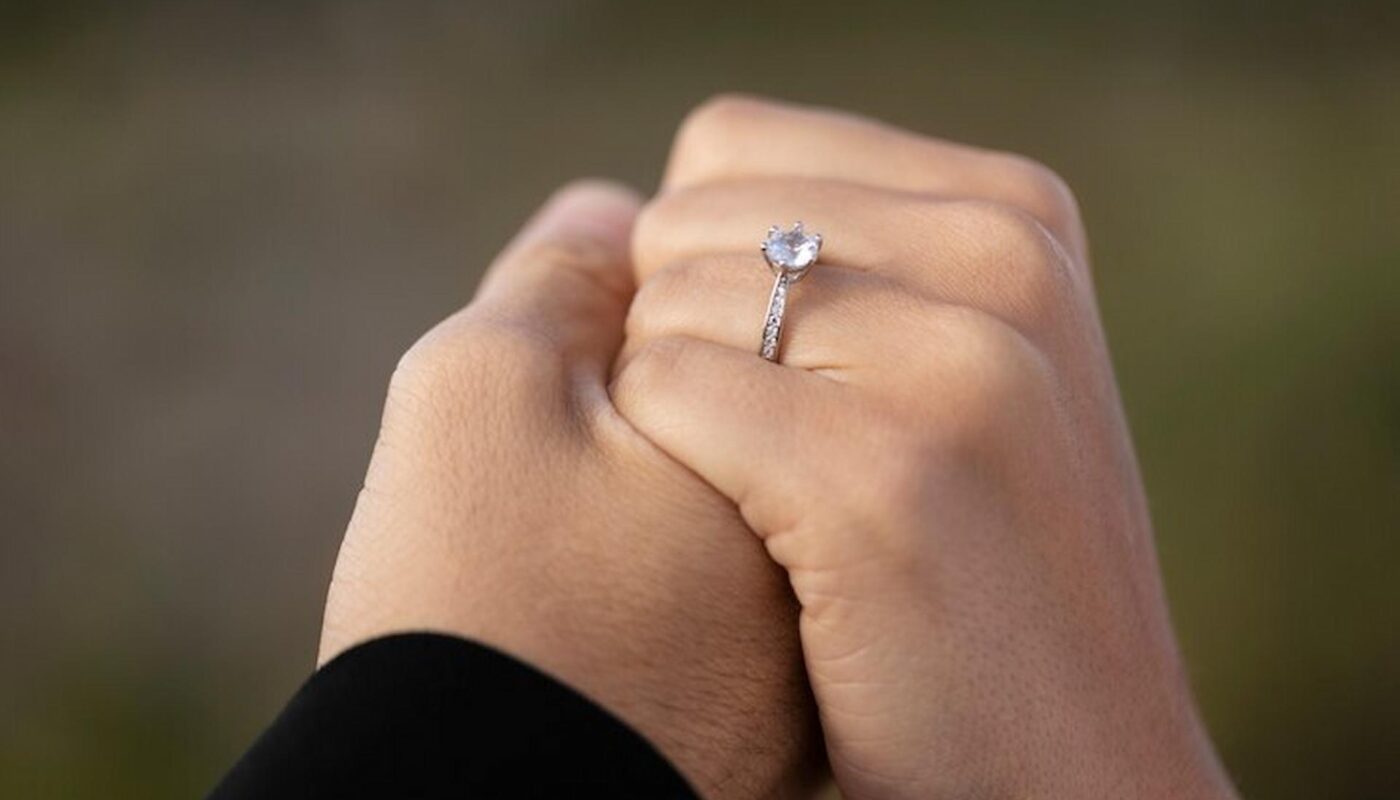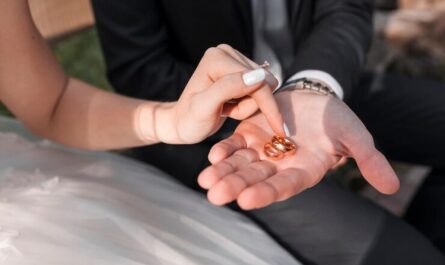When exploring the history of engagement rings UK, the 1700s stand out as a fascinating period marked by unique styles and craftsmanship. During this century, engagement rings evolved from simple adornments into exquisite symbols of love and commitment. The popular cuts and settings of this era reflected the artistic sensibilities and cultural shifts that characterized the time, setting the stage for the modern engagement ring tradition.
In the early 1700s, engagement rings often featured simple designs with minimal ornamentation. The focus was primarily on the metal band itself, typically crafted from gold or silver. However, as the century progressed, advancements in cutting techniques and an appreciation for gemstones led to more elaborate and diverse styles. The emergence of specific cuts became particularly notable, allowing jewelers to showcase the beauty of individual stones.
One of the most popular cuts of the time was the rose cut. This unique design features a flat base with a domed top and multiple facets that resemble the petals of a rose. The rose cut was favored for its romantic aesthetic and ability to reflect light beautifully. It was often used with diamonds and colored gemstones, allowing for a range of elegant designs. The soft glow of the rose cut became emblematic of the romantic ideals that began to flourish during this period.
Another significant cut was the old mine cut, which originated in the late 17th century and continued to be popular throughout the 1700s. This cut features a cushion shape with a larger table and a deep pavilion, which contributes to its distinctive sparkle. The old mine cut was often used in larger stones, making it a favorite for engagement rings intended to convey both status and love. This cut’s depth and brilliance allowed the gemstones to shine, adding to the allure of engagement rings.
Settings during the 1700s also evolved significantly. The classic bezel setting, where the stone is encircled by a metal rim, was commonly used for various cuts. This setting not only secured the stone but also provided a smooth and elegant profile, making it a popular choice among jewelers. Bezel settings were particularly effective for rose cuts, allowing the unique shape to be highlighted while providing durability.
The claw setting, also known as the prong setting, began to gain traction towards the end of the century. This design uses metal prongs to hold the stone securely in place while allowing maximum light to enter the gemstone, enhancing its brilliance. The claw setting became a symbol of modernity, reflecting the changing tastes of the era. This technique allowed for more intricate designs and paved the way for the more elaborate settings that would emerge in the following centuries.
Furthermore, clusters of smaller stones became popular in engagement rings during this time. These cluster settings often featured a central gemstone surrounded by smaller diamonds or colored stones, creating a more intricate and eye-catching appearance. This design not only added to the ring’s visual appeal but also symbolized the idea of unity and togetherness, resonating with the romantic notions of the 1700s.
The use of colored gemstones also became prominent during this period. Sapphires, rubies, and emeralds were increasingly favored for their vibrant colors and symbolic meanings. Couples began to choose stones based on personal significance, with sapphires representing loyalty and rubies symbolizing passion. These colorful choices added a layer of individuality to engagement rings, allowing couples to express their unique love stories.
In conclusion, the 1700s were a transformative time for British engagement rings, marked by innovative cuts and settings that showcased the artistry of the period. From the romantic allure of rose cuts to the intricate designs of claw and bezel settings, each ring told a story of love and commitment. As societal norms evolved and the appreciation for craftsmanship grew, these engagement rings laid the groundwork for the styles we see today. The legacy of 1700s engagement rings continues to inspire modern couples, reminding us of the timeless beauty and significance of these cherished symbols of love.




